The forest floor
“It is not so much for its beauty that the forest makes a claim upon men’s hearts, as for that subtle something, that quality of air, that emanation from old trees, that so wonderfully changes and renews a weary spirit” – Robert Louis Stephenson
On most of my nature rambles to our native forests, my main interest being birds, I tend to be looking up. But, every now and then my eye is drawn to the forest floor – perhaps by a toutouwai (NZ robin) or a tieke (saddleback) scratching insects from the leaf litter; or by the wonderful play of dappled light across a thick bed of sphagnum moss, or the sudden brightness of a lurid outcrop of fungi against the green/brown background.
Whatever the reason, once I take the time to look down I am often captured by wonder and find myself exchanging the bird lens for a close-up lens to capture this miniature world with its lichen sculptures, fungal apartment blocks, bustling insect highways, and rich, mushroomy/earthy smells that tell stories of age, decay and the promise of new life.
It’s a world many of us who enjoy the outdoors, myself included, sometimes pass over in too much of a hurry with other objectives in mind – the grand landscape, the perfect bird photo, the mountain hut in the distance with it’s promise of shelter and a hot cuppa.
Yet, the grand trees, the flittering birds, the climbing vines with their brilliant flowers and shining berries, are only possible because of that super recycler that is the forest floor.
Once, when I was still with the Department of Conservation on the West Coast, I helped escort a party of school kids through some un-milled forest. Huge rimu in their last years – heavy with epiphytes, wrapped to strangling point by northern rata, hollow and rotting away with age yet still supporting a living crown – made an impressive statement of the highest achievement of the forest ecosystem. It was a time when selective helicopter milling of mature forest trees was all the rage – and in hot debate! And so, echoes of their parents, several of the youngsters declared the decaying giants a wasted resource.
“Should have been allowed to chop it down while it was still solid. Now it’s just rotting away, no use to anyone.”
How do you explain to 12-year-olds from a culture proud of its history of extraction – be that timber, coal or gold – that the forest, for all its vastness and apparent richness, is actually a fragile and relatively nutrient poor ecosystem? That by robbing the forest of the old trees you remove that part of the cycle where the dying giants give back to the soil the very nutrients that sustained their growth and supported their crowning maturity; that, eventually, if you kept removing mature trees, you’d disrupt the nutrient cycle and deprive the forest soils of their fertility so that the forest itself would no longer be sustainable – to say nothing of the array of plants, bats and birds, and insects that make such old trees their home.
I have commented before on how easy it is to convince folk of the need for conservation when the plant or animal endangered is spectacular and/or cute. But who weeps for the small, the ugly, the seemingly insignificant? Who cares if a moss dies or a fungus fails? If a millipede no longer slithers, or a leaf-shaped slug slides out of existence? We should care, because research shows very clearly that if the forest floor dies, the forest dies.
Take fungi for example. Most trees cannot absorb sufficient nutriment from the soil without the symbiotic relationship they have with fungi. The network of fungi filaments wrapped around the feeding roots of forest trees form an interactive nutrition exchange system on a grand scale.
The forest floor teems with a wide variety of plants and animals and other organisms. Indeed, from a biodiversity point of view the forest floor is richer in the number and variety of living organisms it supports than the forest itself. There are creepy crawlies like the giant snails, millipedes and slaters, worms and slugs; myriad tiny creepers, mosses, lichens, ferns and liverworts; and a vast microscopic world of fungi, algae and bacteria. All killing or being killed, growing, dying, competing and cooperating, and endlessly breaking things down and recycling. It’s a jungle down there!
The forest floor is the foundation of a nutrient cycle as old as time, transferring nutrients from the soil to the plants to the animals, and back to the soil. The forest floor’s role in this cycle has been described as a bridge between the aboveground living vegetation and the soil. Disrupt it, and the whole system breaks down.
Rather than being an endless creator of new life, the forest, of which the forest floor is an essential component, is, rather, an endless recycler of life. The energy it takes to grow a forest giant must eventually return to the forest floor, or other forest giants cannot grow in their turn.
So, take the time to look, to smell, to enjoy. Lie back on a bed of moss, pick up a magnifying glass to examine the mysteries of lichen, wonder at the faery worlds of fruiting fungi. . . and tread a little lighter!

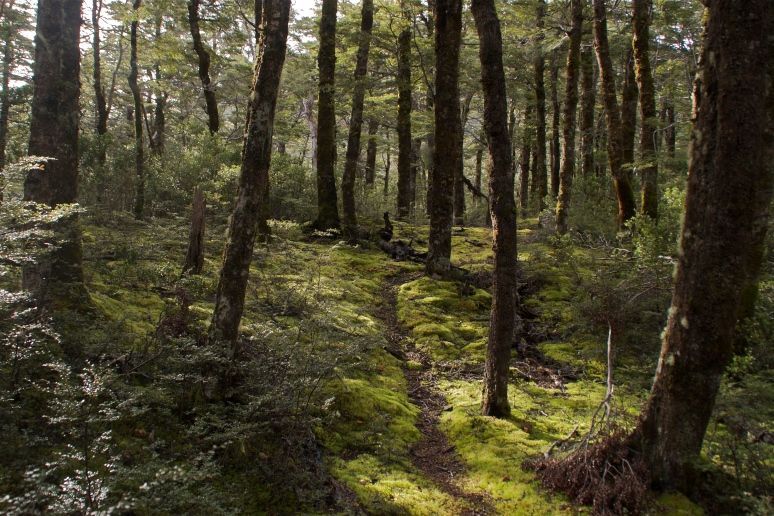
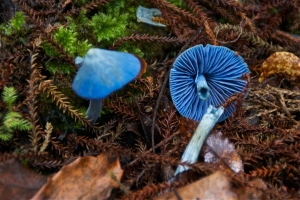
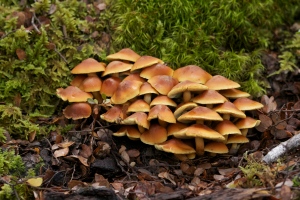
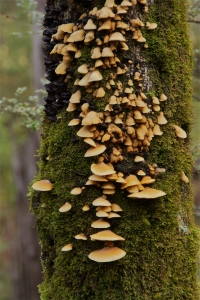
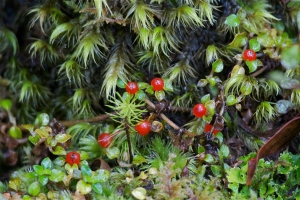
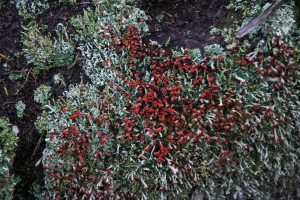
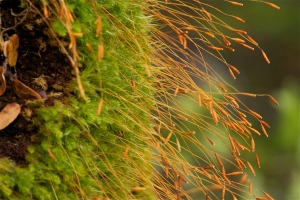
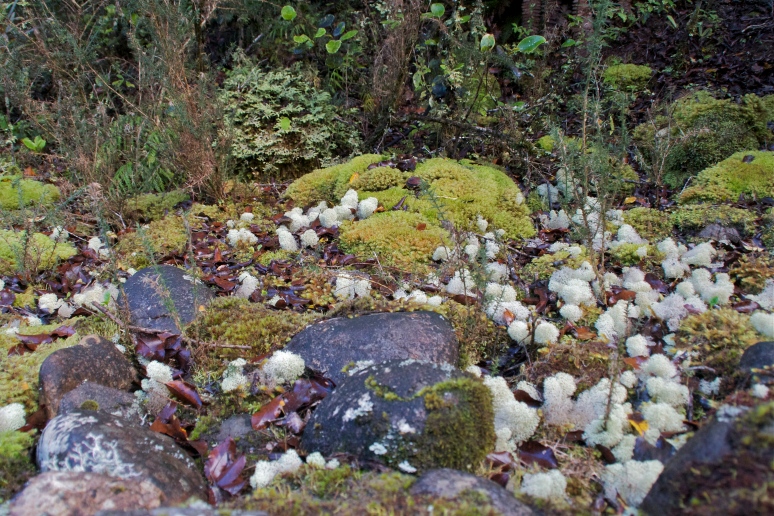
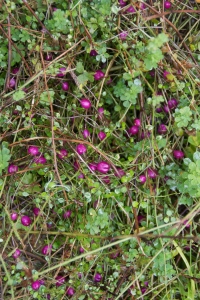
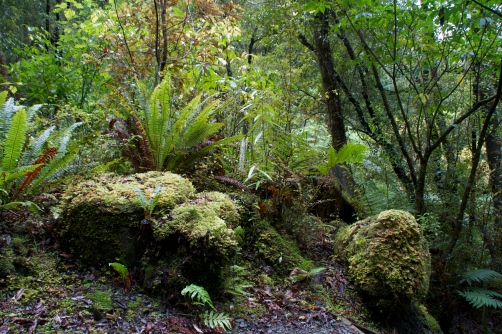
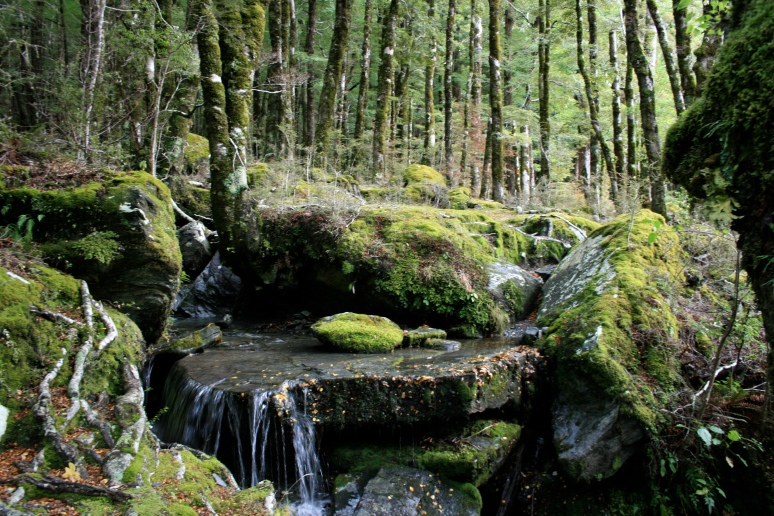



Oh, Steve. This is magic.
Excellent Steve. Thanks for posting this.
Steve – this is nothing short of brilliant. If one just sits and looks at your images, they can see, smell, experience the forest. Through your words you have brought the forest alive. There needs be more people like yourself on this planet who care for what we have here.
Well considered arguments Steve that are difficult to disagree with. And fabulous photos as well 🙂
Great blog Steve. All very familiar to me of course, as we tread the same paths, literally 😉
Nice work !
Beautiful. Thanks for the memories.
Nice one Steve. I must start looking up more often, haha – my focus already on this stuff 🙂 Crazy blue fungi there!!